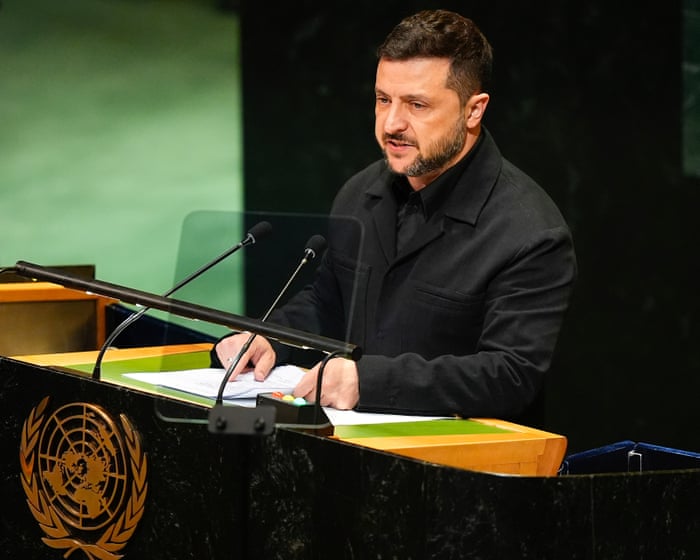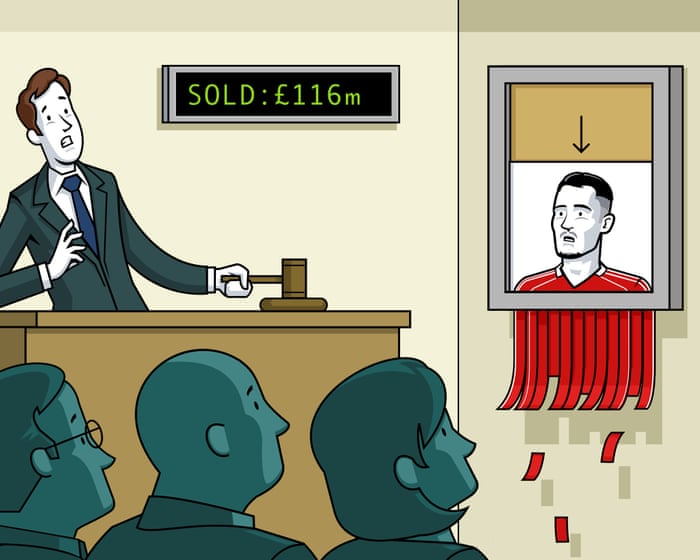Portuguese police have confirmed that three British nationals were among the 16 people killed in Lisbon on Wednesday evening when one of the city’s funicular streetcars derailed, slid down a hill, and crashed into a building.
Portugal’s prime minister, Luís Montenegro, described the accident as “one of the biggest tragedies in our recent history.” In addition to the fatalities, 21 people were injured, five of them seriously.
A preliminary report on the crash involving the Elevador da Glória is expected to be released on Friday by the government’s office for air and rail accident investigations.
In a statement on Friday morning, police confirmed the nationalities of the victims: five Portuguese, three Britons, two South Koreans, two Canadians, one American, one Ukrainian, one Swiss, and one French citizen. A German citizen initially thought to have died was later found alive in a hospital. Local media had earlier reported that a German father had died, his wife was seriously injured, and their 3-year-old child sustained minor injuries. The German foreign ministry stated that at least three German nationals were hospitalized.
According to Álvaro Santos Almeida, executive director of Portugal’s national health service, the injured also include citizens from Spain, Israel, Portugal, Brazil, Italy, and France.
Downing Street said Prime Minister Keir Starmer was deeply saddened by the deaths of the three Britons. A spokesperson stated: “The prime minister’s thoughts are with their families and all those affected by this terrible incident. We stand united with Portugal during this difficult time.”
The wreckage of the Elevador da Glória was removed from the scene on Thursday night and taken by police for examination, as a day of national mourning came to an end. Chief police investigator Nelson Oliveira said a broader preliminary report is expected within 45 days.
Investigators have found no evidence of sabotage, leaving mechanical failure or maintenance issues as possible causes.
The Glória line carries around 3 million passengers—tourists and residents—each year. Its two cars, each holding about 40 people, are attached to opposite ends of a haulage cable, with electric motors providing traction.
On Thursday, Manuel Leal, leader of the Fectrans union, told a local television station that workers had previously raised concerns about cable tension making braking difficult, though he emphasized it was too early to say if that caused the crash.
Carris, the municipal public transport operator, stated that all maintenance protocols had been followed, including monthly and weekly service programs and daily inspections. Pedro de Brito Bogas, president of Carris, said the streetcar—in service since 1914—underwent a full maintenance program last year and received daily 30-minute visual inspections. At a news conference, he confirmed the vehicle was last inspected nine hours before the derailment but did not provide details on the inspection or clarify whether all cables had been tested.Hundreds of people, including Portugal’s Prime Minister, President Marcelo Rebelo de Sousa, and Lisbon Mayor Carlos Moedas, attended a solemn mass at Lisbon’s Church of Saint Dominic on Thursday evening.
Earlier that afternoon, the Prime Minister described the crash as a “tragic accident that transcends borders—a pain that knows no nationality.” He promised a swift investigation to determine what went wrong.
“The relevant authorities will quickly conduct the necessary investigations to identify the cause of this tragic accident,” he said. “We will determine all responsibilities with respect for everyone affected by this tragedy.”
Mayor Moedas expressed that words could not capture the city’s grief. “We are gathering all available information to determine who is responsible. The city needs answers,” he stated.
This report includes contributions from the Associated Press and Reuters.
Frequently Asked Questions
Of course Here is a list of FAQs about the funicular crash in Lisbon designed to be clear and helpful
Basic Information
What happened in Lisbon
A funicular crashed resulting in the deaths of 16 people
Where exactly did the crash happen
The crash occurred on the Elevador da Bica a famous and historic funicular line in Lisbon Portugal
When did the accident happen
How many people were killed
Police have confirmed that 16 people lost their lives in the crash
Were any British citizens involved
Yes it has been confirmed that three of the 16 victims were British nationals
Details About the Incident
What is a funicular
A funicular is a railway on a steep incline where two cars are connected by a cable As one goes up the other counterbalances it going down They are common in hilly cities like Lisbon
What caused the crash
The official cause is under investigation by Portuguese authorities Early reports often speculate on mechanical failure or a problem with the braking system but we must wait for the official investigation results
Was anyone else injured
News reports should be checked for the latest The initial police confirmation was for 16 fatalities but there may have been survivors with injuries
How common are accidents like this
Modern funiculars are generally very safe A catastrophic accident of this scale is extremely rare
For Those Affected or Concerned
I have a friendfamily member in Lisbon How can I check if they are okay
You should try to contact them directly If you cannot reach them and are seriously concerned you can contact the British Foreign Office for assistance
What is the phone number for the British Foreign Office
For urgent help you can call the Foreign Commonwealth Development Office in London at 4420 7008 5000
I was planning a trip to Lisbon Is it safe to ride the funiculars now
All other funiculars in Lisbon will likely be undergoing immediate and




